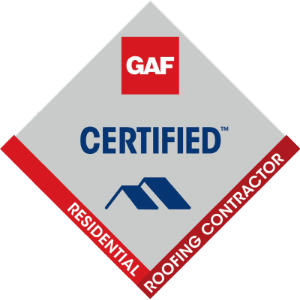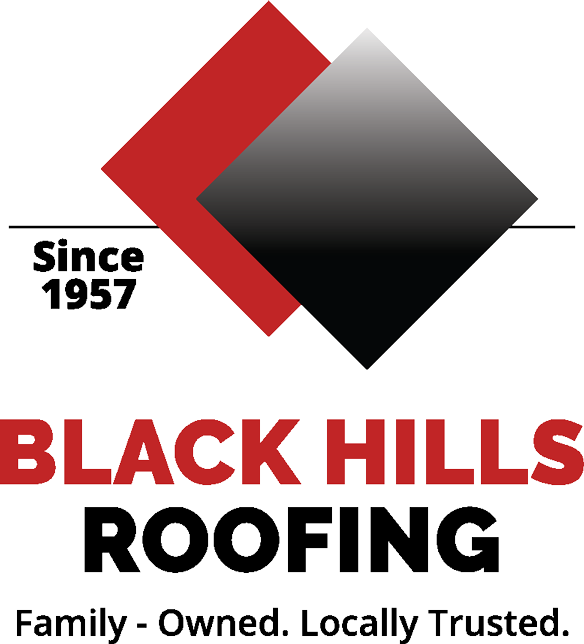Understanding Rubber and TPO Roofing Systems
When you’re exploring commercial roofing options, rubber and TPO (Thermoplastic Polyolefin) roofing systems stand out as two of the most reliable and cost-effective solutions available today. At Black Hills Roofing, we’ve installed countless rubber and TPO roofing systems since our founding in 1957, witnessing firsthand how these materials have revolutionized flat and low-slope roofing applications. These single-ply membrane systems offer exceptional durability, energy efficiency, and weather resistance that make them ideal choices for businesses, warehouses, retail spaces, and industrial facilities throughout Black Hills Area.
The evolution of rubber roofing, technically known as EPDM (Ethylene Propylene Diene Monomer), began in the 1960s and has since become one of the most trusted flat roofing materials in the industry. TPO roofing emerged later, in the 1990s, combining the best qualities of EPDM and PVC roofing while offering superior heat-reflective properties. Both materials represent significant advancements over traditional built-up roofing systems, providing building owners with longer-lasting, more efficient solutions that we’re proud to install as CertainTeed/GAF Certified and Malarky certified contractors.
Key Benefits of Modern Membrane Roofing
The advantages of rubber and TPO roofing extend far beyond their impressive lifespans, which typically range from 20 to 30 years with proper maintenance. Energy efficiency ranks among the most compelling benefits, particularly with white TPO membranes that can reduce cooling costs by up to 30% during summer months. These highly reflective surfaces minimize heat absorption, keeping building interiors cooler and reducing strain on HVAC systems. For businesses looking to decrease their environmental footprint while lowering operational costs, this energy-saving capability makes membrane roofing an intelligent investment.
Weather resistance represents another crucial advantage we emphasize when discussing roofing options with our clients. Both EPDM and TPO membranes withstand extreme temperature fluctuations, from scorching summer heat to freezing winter conditions, without cracking or deteriorating. These materials also resist UV radiation, ozone exposure, and chemical damage from industrial emissions. When properly installed by our experienced team, these roofing systems create a seamless, watertight barrier that protects against leaks, ponding water, and wind uplift forces that commonly damage traditional roofing materials.
Installation Process and Technical Specifications
Installing rubber or TPO roofing requires specialized knowledge and precision that we’ve refined through decades of experience. The process begins with thorough roof deck preparation, including removing old roofing materials, repairing damaged decking, and ensuring proper slope for drainage. We then install insulation boards, typically polyisocyanurate or expanded polystyrene, to achieve desired R-values and energy efficiency ratings. The membrane attachment method varies depending on building specifications and local wind requirements, with options including:
- Fully adhered systems: Using specialized adhesives to bond the membrane directly to the insulation or cover board
- Mechanically attached systems: Securing the membrane with plates and fasteners along the seams
- Ballasted systems: Holding the membrane in place with river rock or pavers
For TPO installations, we heat-weld the seams using specialized equipment that creates molecular bonds stronger than the membrane itself. EPDM installations typically use adhesive tape or liquid adhesives for seam connections. Both processes demand attention to detail around penetrations, edges, and transitions where most roofing failures occur. Our commitment to craftsmanship ensures every detail receives proper treatment, from installing appropriate flashings to sealing around HVAC units, vents, and other rooftop equipment.
Maintenance and Long-Term Performance
Regular maintenance significantly extends the life of rubber and TPO roofing systems, and we encourage building owners to schedule bi-annual inspections. During these assessments, we check for membrane punctures, seam integrity, flashing conditions, and drainage functionality. Minor repairs, when addressed promptly, prevent water infiltration that could damage insulation and decking materials. We support many local charities and events, and part of our community commitment includes educating property owners about proper roof maintenance practices.
The durability of these systems means that we’ll be here for you long after the storm chasers roofers are gone, providing ongoing support and maintenance services. Common maintenance tasks include clearing debris from drains and gutters, resealing penetrations as needed, and addressing any membrane shrinkage or weathering. With proper care, many rubber and TPO roofs exceed their warranty periods, delivering exceptional value for building owners who prioritize long-term performance over short-term savings.
Making the Right Choice for Your Building
Selecting between rubber and TPO roofing depends on various factors including building use, climate considerations, budget constraints, and energy efficiency goals. TPO generally offers better reflectivity and energy savings, making it ideal for buildings with high cooling demands. EPDM provides excellent performance in colder climates and costs slightly less for initial installation. Both materials offer outstanding protection when installed by experienced professionals who understand the nuances of each system.
At Black Hills Roofing, our mission centers on being the region’s most trusted roofing partner, recognized for exceptional craftsmanship and unwavering integrity. We help building owners navigate these decisions by providing transparent assessments and recommendations based on decades of experience with both roofing systems. Our commitment to innovation means we stay current with the latest installation techniques and material improvements, ensuring our clients receive the most advanced roofing solutions available in today’s market.
Frequently Asked Questions
Q1: What’s the difference between EPDM (rubber) and TPO roofing?
A: Both EPDM and TPO are popular single-ply roofing membranes for flat or low-slope roofs. EPDM is a black rubber material known for its flexibility and resistance to UV rays. TPO is typically white and offers excellent reflectivity for better energy efficiency. TPO also has heat-welded seams, which provide strong, waterproof connections. The best choice depends on your building’s specific needs and climate.
Q2: How long do TPO and rubber roofs last?
A: With proper installation and maintenance, EPDM roofs can last 20–30 years, and TPO roofs typically last 15–25 years. Longevity can vary based on environmental exposure, foot traffic, and how well the roof is maintained over time.
Q3: Are TPO and EPDM roofing systems energy-efficient?
A: Yes—TPO roofs are especially energy-efficient thanks to their reflective white surface, which helps reduce cooling costs in warm climates. EPDM roofs, while black and more heat-absorbing, can be coated with reflective materials for similar benefits. Both systems contribute to a building’s overall energy performance and can qualify for energy-related incentives in some regions.










